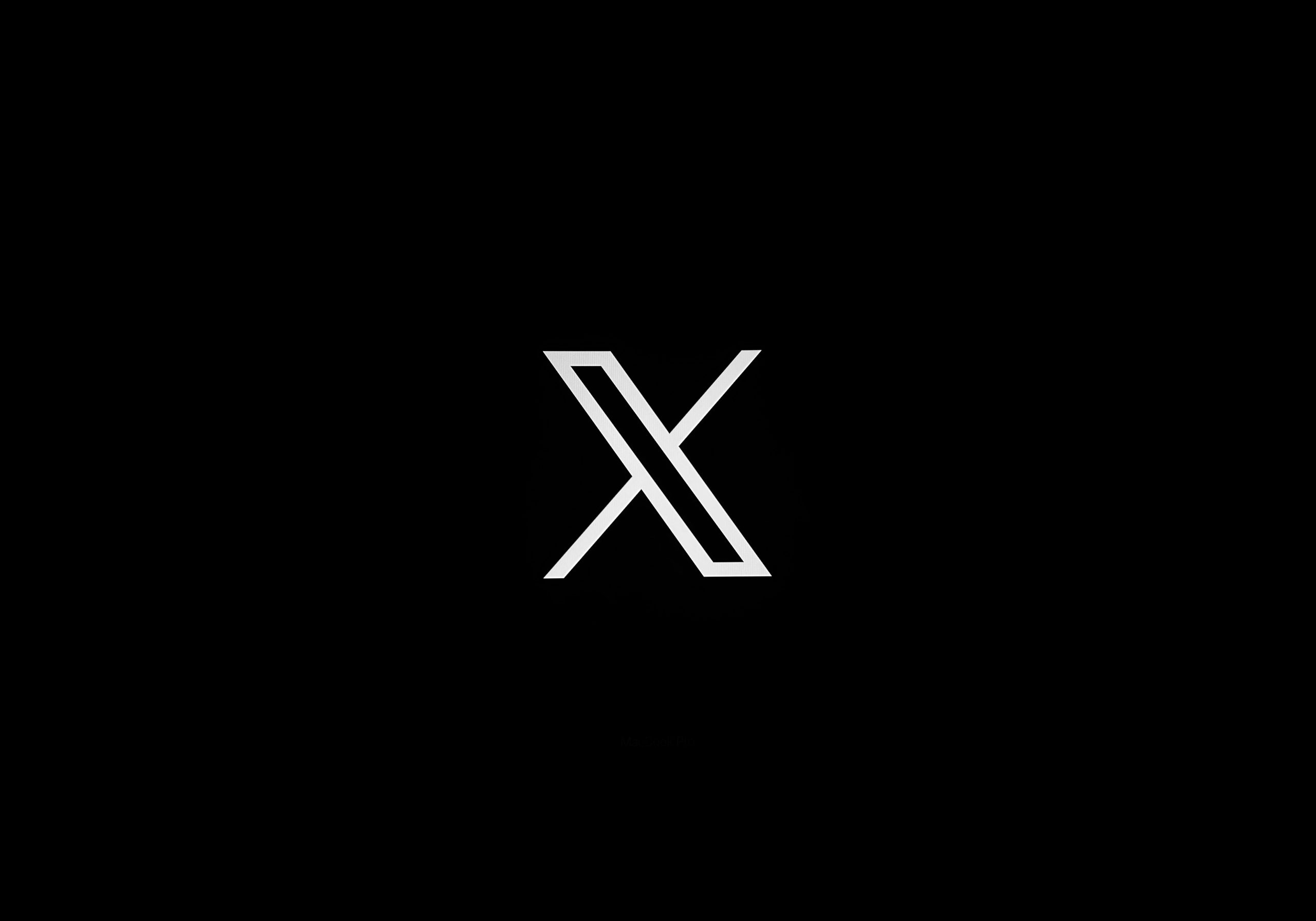Elon Musk’s journey towards acquiring Twitter began long before Musk started purchasing the company’s stocks.
In March 2017, he acquired the domain X.com, and although the exact purchase price was not officially disclosed, estimates ranged between 6 to 10 million dollars. Shortly after the purchase, he tweeted and said, “Thanks to PayPal for allowing me to buy back X.com.” He made it clear that he had no business plan regarding the domain; rather, it was a sentimental value.
But even then, it was clear to everyone that Musk was thinking ahead. He finished his journey with PayPal with 165 million dollars, which enabled him to found SpaceX in 2002 and join Tesla in 2004 with a small investment of around 6.5 million dollars. His investments, business acumen, and the way Musk led SpaceX and Tesla made him the richest person in the world by the end of 2021, with an estimated net worth of 320 billion dollars, allowing him to start fulfilling his grand vision – “the super app.”
He drew great inspiration from the Chinese technology giant WeChat, which allows managing various aspects of life within a super app, such as messaging, money transfers, navigation tools, and restaurant reservations. In 2020, President Donald Trump ordered the ban of the Chinese app in the United States, and subsequently, it was banned in other Western countries due to concerns about data collection by the Chinese government.
Musk identified the significant opportunity and connected it to his personal vision. To realize the vision, he needed a social platform with hundreds of millions of users, and Twitter fit the bill perfectly. In January 2022, Musk began buying Twitter, and by April of the same year, he became the largest shareholder in the company with a 9.1% ownership stake.
As the story unfolded, he offered to acquire the remaining shares and take over for $44 billion. Twitter’s board responded with a “poison pill” strategy – distributing shares to all shareholders except the acquirer. Eventually, the company’s board agreed to his offer, but for Musk, the business environment changed, the markets declined sharply, and his personal wealth plummeted by 48% in less than a year.
In May 2022, Musk tweeted that the deal was “frozen,” and he was waiting for more information from the company. At one point, he tried to withdraw from the mega-deal, but ultimately, the court in Delaware left him with few options, and the deal was sealed. Many argued then and still argue today that it was a failed deal, with an inflated price, and at this point, Twitter is valued at about $20 billion, reflecting a 55% drop from the deal price.
Did Musk fail in the Twitter deal? It’s too early to make statements, but one thing is certain; one cannot bet against Elon Musk. He has repeatedly proven that he is made of a different material. On the one hand, he has a fan base that will recount his genius and cunning, and on the other hand, others will describe him as an emotionally deficient person, suffering from grandiosity.
But his personal capabilities cannot be disputed; he founded SpaceX and amazed NASA and the world. He led Tesla, which was on the brink of collapse, to become the largest car company in the world, reaching a market value of a trillion dollars. Twenty years ago, he identified the enormous potential in online payments with PayPal. X (formerly Twitter) could become a great success, a financial services powerhouse – a digital bank.
The world is heading there, and evidence can be seen in the deal Warren Buffet made when he acquired 9.73% of Ally Financial’s digital bank shares for $754 million in the second quarter of 2022.
Musk’s first financial step was with the Israeli brokerage company eToro, when he signed a cooperation agreement. The company provides online trading services to about 32 million users across Europe, the United States, and Asia, allowing trading in securities and cryptocurrencies. In March of this year, Musk said he was exploring the possibility of acquiring Silicon Valley Bank and turning it into a digital bank, a deal that never materialized, but the intention was crystal clear.
Musk wants to turn X into a leading financial powerhouse; he has the resources and the technological capabilities. Digital banking is the future of traditional banking. It can be said that the revolution is in its infancy, perhaps in the same stage that the automotive industry was when Musk revolutionized it with Tesla. In the world of investments, time matters greatly. Give him time to prove once again that he can change the world.
